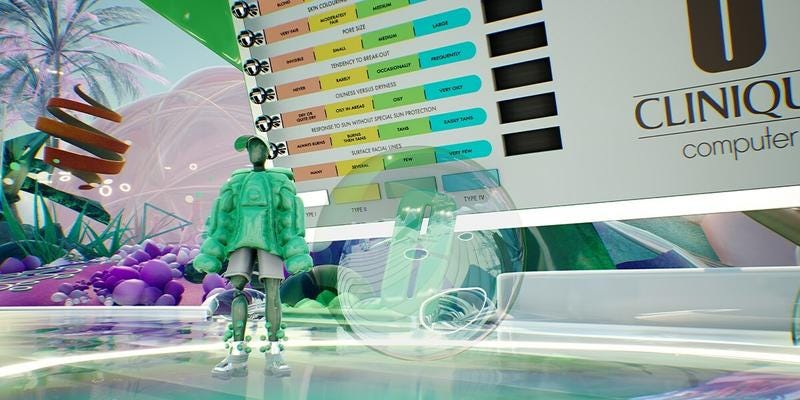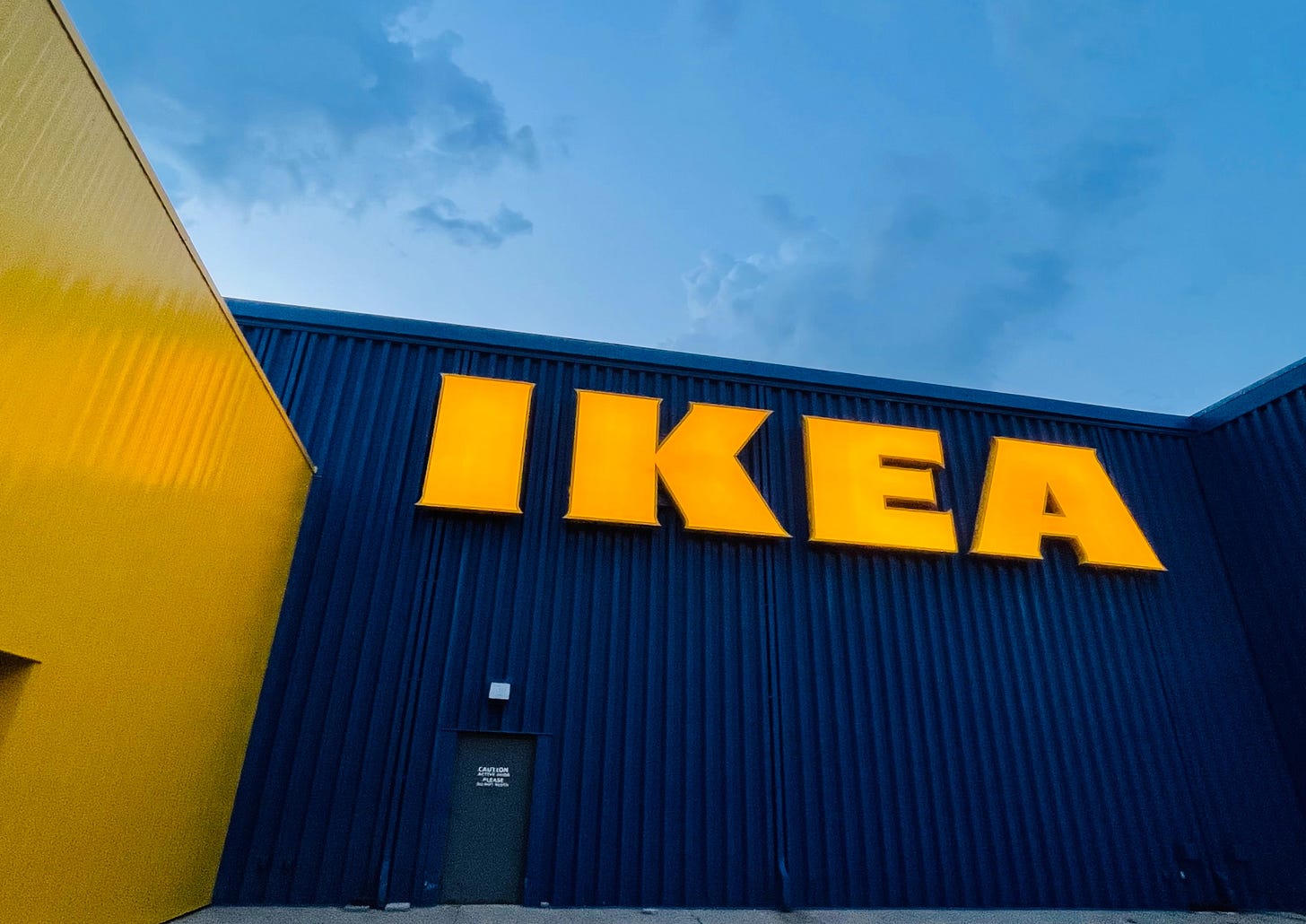Native Drop: Will every consumer brand need a Direct-to-Avatar strategy?
We release regular LinkedIn and Twitter content that breaks down Web3 concepts and brand case studies. Here are some of the recent highlights that you may have missed:
Welcome to the new subscribers who have joined us since the last newsletter! We release regular LinkedIn and Twitter posts that break down Web3 concepts and brand case studies that are likely to drive mainstream adoption. Here are some of the recent highlights you may have missed:
Will every consumer brand eventually need a direct-to-avatar strategy?
What is direct-to-avatar?
An emerging business model selling products directly to digital identities (or avatars) within gaming or virtual environments, bypassing physical logistics.
Why have games and virtual environments become popular places for brands to launch new products?
Video games are played by 3 billion people globally, generating revenues of $200 billion in 2022, so brands want to be where their customers are (The Guardian, 2023).
Brands can build stronger customer relationships through active participation: With the average person exposed to 6k-10k ads per day, viewer hostility towards ads has increased (Forbes, 2023). By contrast, interactive brand experiences in games can offer subtle marketing opportunities while fostering community and personalised engagement.
Brands can create net-new business models and revenue: The gaming cosmetics market (i.e. accessories for avatars in online games), is estimated to be at $50 billion (Yahoo, 2022).
Which brands are leveraging gaming in their customer strategy?
Alo Yoga: Last year, they created Alo Sanctuary, a virtual yoga studio in Roblox that focused on wellness. Users could participate in virtual yoga classes and earn exclusive items from the ALO Yoga virtual store. The virtual yoga studio has been visited more than 70 million times (Fast Company, 2023).
Clinique: They are launching Clinique Lab, a digital laboratory and gamified retail experience. It includes a museum of the brand's history, a skin school with video tutorials and interactive diagnostics for customised skincare solutions, and a featured product shopping experience.
Find the post here.
Wrangler is pioneering the future of fashion with tokenised products.
The fine print:
Wrangler has partnered with artist Jeremy Booth, LTD INC and Proof of Attendance Protocol (POAP) to launch its latest Web3 wearables, featuring an NFC tag that links to an NFT to authenticate the clothing through blockchain.
The collaboration aims to take Web3 integrations to the next level and includes the creation of limited-edition Western Art Dept. jackets. Wrangler has previously partnered with LTD INC to offer physical outfits matched with digital twins.
Why this matters:
Networked products are empowering brands and creators alike. By connecting physical merchandise to NFTs and POAPS, brands can:
Capture richer data: As POAPs are shared on mobile GPS data, brands can pinpoint where people were when they made a tokenised connection. This becomes data that can be used to create personalised experiences at scale.
Tap into network effects: Brands can verify the distinct reach and value of each of their customers.
Find the post here.
Shopify has reported a 94% higher conversion rate for products with augmented reality (AR) enabled experiences.
Here’s how Chanel, Coca-Cola and Ikea are experimenting with AR to create hyper-personalised and engaging product experiences:
Chanel: They recently introduced virtual try on experiences for their watches following the launch of similar experiences for their fine jewellery five months ago.
IKEA: They are integrating 3D models of all their products in Google Search. This enables users to see how the product would look in their home if they search for an Ikea product using Google. Ikea previously launched a shoppable AR “escape room” game for their customers.
Snap Inc. and The Coca-Cola Company: They are teaming up to launch a series of AR vending machines in the next few months. Users can access a "portal" and use hand gestures to purchase a soft drink, check out merchandise, play games, and earn rewards.
Why does it matter?
AR experiences can enable greater convenience, leading to higher engagement and conversions:
Realistic try-on enhances convenience and boosts shoppers' confidence, leading to increased engagement with the brand.
According to Harvard Business Review, 61% of shoppers prefer retailers that provide AR experiences to aid their purchasing decisions.
AR can help brands attract younger consumers, who are looking for fun and interactive shopping experiences:
Gen Z shoppers are accustomed to omni-channel experiences and enjoy immersive and interactive shopping, making AR a popular tool for this cohort.
According to MIT Technology Review, Gen Z consumers are likely to remember and purchase products that create a memorable AR experience.
Find the post here.
If you liked reading this, feel free to click the ❤️ button on this post so more people can discover it on Substack 🙏
If you haven’t already, subscribe now to make sure you don’t miss out on any future newsletters.
Also, feel free to hit reply and ask me any questions you have about web3 and marketing, and I can include it in the next issue!
For daily content, you can follow me at:
If you know anyone else who you think would enjoy this content, you can share the newsletter from here:






